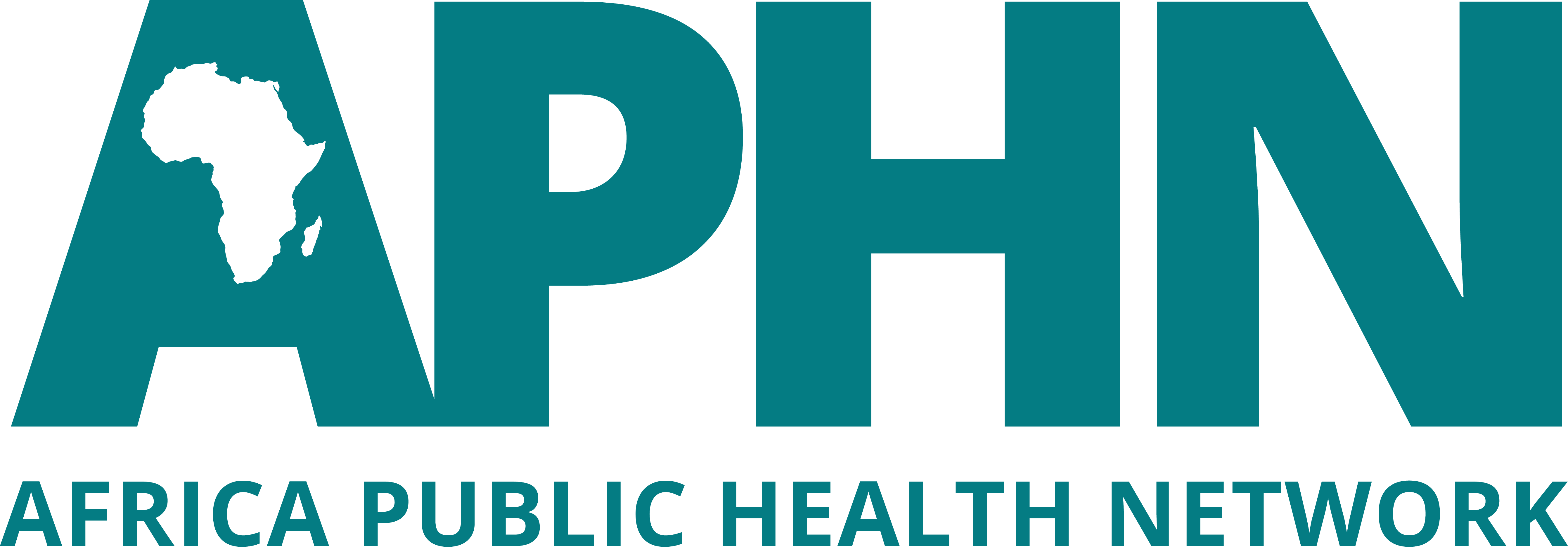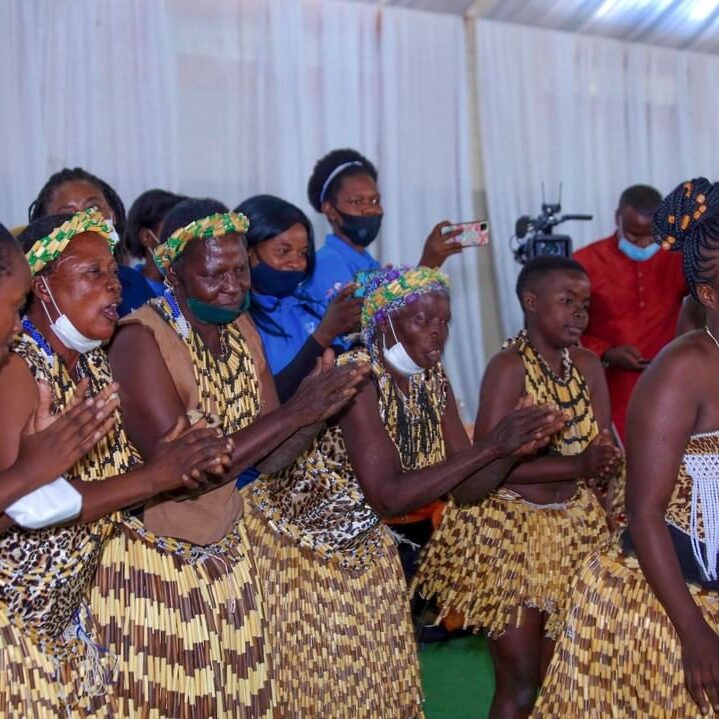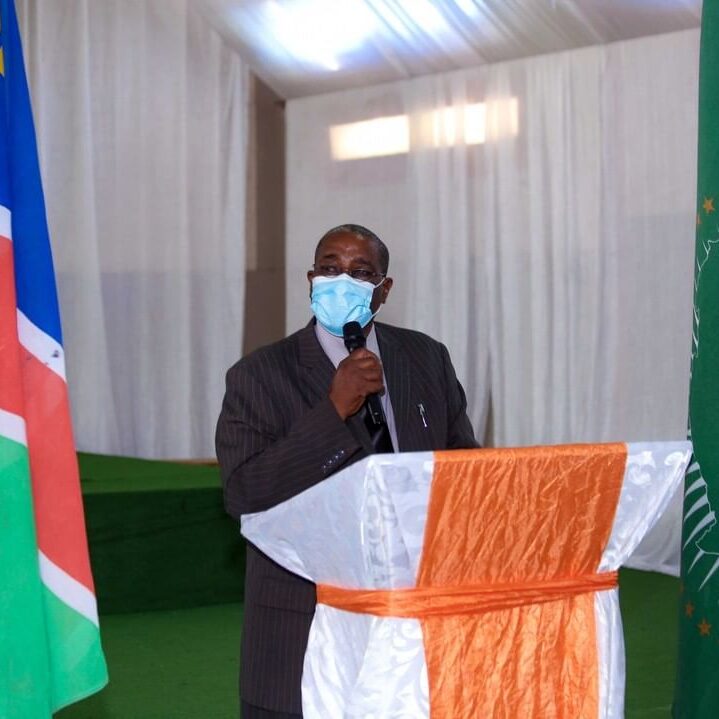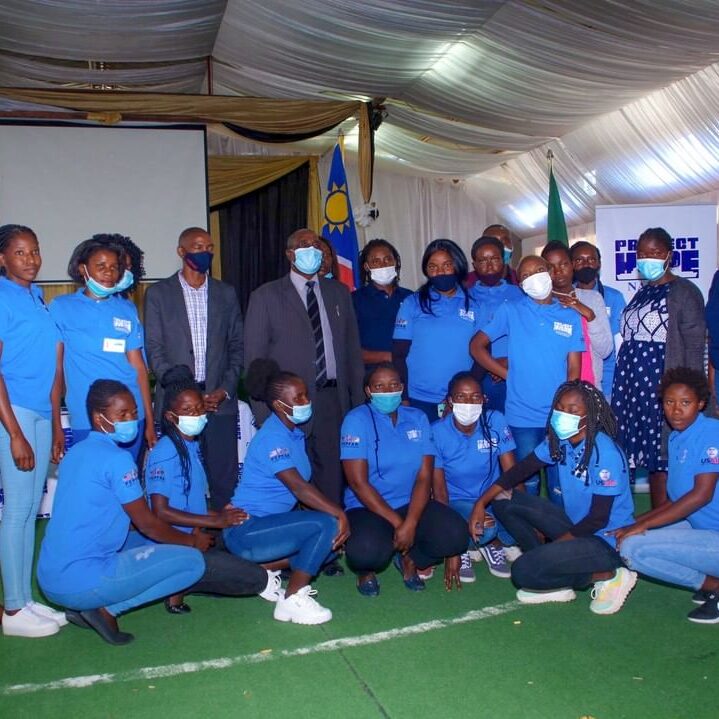NARP
The Namibia Adherence and Retention Program (NARP) was implemented by Project HOPE Namibia (PHN) with funding from PAPFAR through the United States Agency for International Development (USAID) and in partnership with local organizations such as Catholic AIDS Action, Lifeline Childline, Tonata and with technical support from Project HOPE US in response to the HIV/AIDS and orphans and vulnerable children (OVC) situation in the country. The main goal of the program was to reduce the impact, transmission, and spread of HIV through a comprehensive, integrated community-based response that provides a range of care and support interventions to vulnerable groups, including those that are hard-to-reach and living with or affected by HIV. Target beneficiaries include vulnerable children aged 0 – 17 years and their primary caregivers.
Since its inception in 2013, the NARP program has undergone various changes and adjustments as far as priority setting is concerned, guided by the epidemiological context of the country. New interventions were added, and some activities were ended to better respond to the changing needs of the target population. The program’s objectives also changed over time. From 2013 to 2015, the objectives were to build the capacity of Namibian organizations and community health workers (CHWs) to continue to provide services after the project ends. From 2015 to 2016, the objectives shifted to addressing the unmet need for antiretroviral therapy (ART) by targeting HIV prevention and testing services (HTS) and linkage to care, improving ART retention and adherence rates among people living with HIV (PLHIV) to achieve viral load suppression, and mitigating the impacts of HIV among OVC and their caregivers.
From 2018 to 2019, the objectives remained the same, with a focus on addressing the unmet need for ART, improving ART retention and adherence rates among PLHIV to achieve viral load suppression, and mitigating the impacts of HIV among OVC. In 2020, the program objectives were expanded to include further mitigation of the impacts of HIV among OVC and improving ART retention and adherence rates among PLHIV to achieve viral load suppression.
